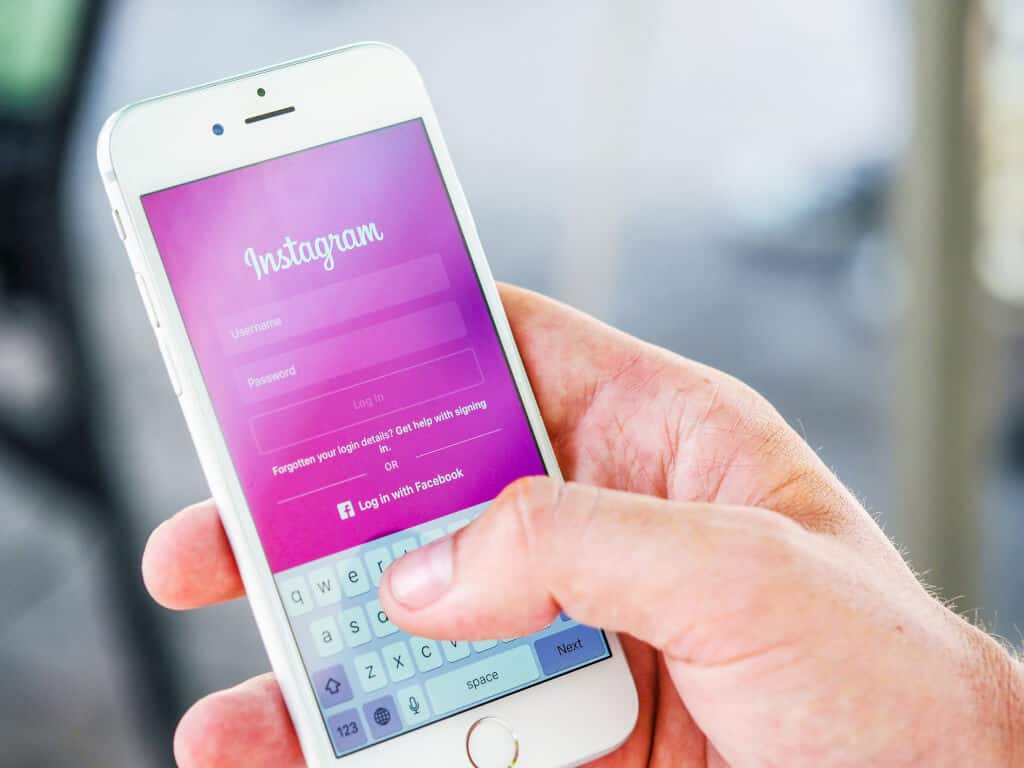
Instagram: the new shop window?
It’s a Sunday evening and I’m browsing through Instagram. My feed is full of friends’ weekend adventures, holidays, engagements, the latest recipe from Joe Wicks, and a spattering of interior design photography. Scrolling through the social site, I spot ex-Made in Chelsea star Millie Mackintosh sporting a pair of Sweaty Betty leggings. I’ve previously admired her in a similar product and within minutes I find myself at the checkout buying the same pair.
Here at Babel, we represent a number of e-commerce clients and understand how much power Instagram can wield as a tool for influencing purchase decisions. I’m certainly not alone in buying clothes and make-up based on what I see influencers wearing or using. In fact, 72% of millennials say they have purchased fashion or beauty products after having seen these on Instagram.
The days when social media was simply a way of connecting with family and friends are long gone. Instead, it’s now often used as a tool to encourage and influence consumer behaviour, whether that’s via a friend recommending a product on Twitter, seeing a personalised ad on Facebook or YouTube, or being offered a branded filter on Snapchat. With 800 million active users worldwide, Instagram is proving an increasingly lucrative means of targeting, engaging with – and selling to – consumers.
So why has the ‘gram become so popular? Its favour among millennials has been steadily growing since its launch back in 2010. Instagram’s visual nature presents pictures in a glossy and alluring format which Facebook is simply unable to replicate. As for Twitter; well, it’s great for breaking news, but it’s had less success in marketing to the fashionista or foodie.
Instagram clearly leads the way, with its innovative ‘shopping service’ having recently been expanded to the UK. This new function lets retailers tag their products in images to sell directly to users via the application, with the aim of making the social media network even more immersive for both sellers and users.
Instagram has completely transformed the marketing sector, helped shape the modern marketing strategy and given birth to a significant number of social influencers. Pure-play retailers like Missguided, In the Style and PrettyLittleThing, with their armies of millennial shoppers, have played a key role in this trend. Last year online store Boohoo nearly doubled its profits with the help of celebrity endorsements of its clothes and accessories on Instagram. Even traditional high street retailers like Topshop and River Island have jumped on the bandwagon and collaborated with fashion and beauty influencers such as Rhianna, and Kendall and Kylie Jenner, to promote various products on Instagram.
With Insta-culture showing no sign of slowing down, the photo-sharing app is too big an opportunity to ignore for those brands hoping to attract the ever-wandering eye of the millennial. But while Instagram may be the current king for retailers, it’s important companies don’t neglect other social channels. Platforms such as Twitter and LinkedIn can be instrumental in driving sales, building brand awareness and boosting media relationships, meaning businesses should look to incorporate a strong and integrated social media plan into their marketing strategy.
Finally, never do social for social’s sake. Consumers have clear ideas about what they do and don’t want to see on their media feeds. Similarly, brands should have clear objectives when it comes to developing a social media strategy, with content tailored accordingly in order to reach the relevant audience and reap the maximum rewards.





